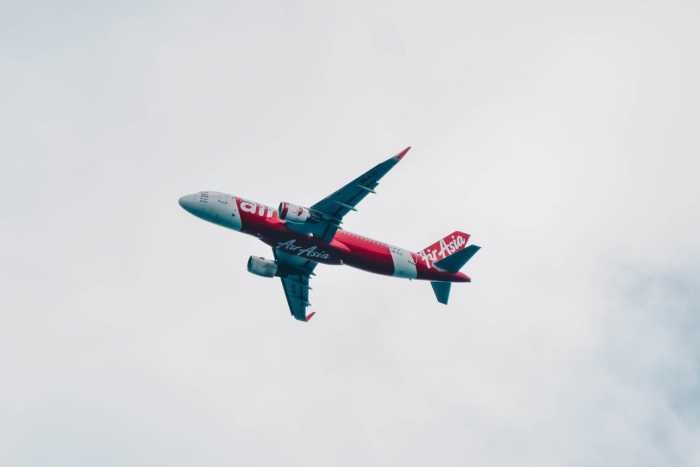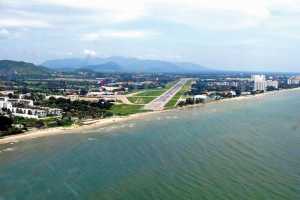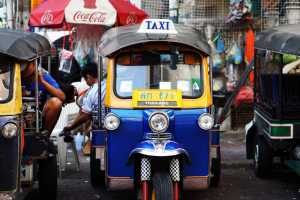
Conde Nast Announce Top Islands in Asia
16th Aug 2010

Maldives, Bali, Indonesia and Phuket Thailand. That is how the 2009 Reader's Choice Award in Conde Nast Traveler, the bible of travel publications, ranked the top islands in the Asia/Indian Ocean region.
Which means, with various other matters such as political unrest going firmly against it, Phuket has a mountain to climb to get back to No 1, where it once was.
Comparisons between Phuket and Bali have been going on for years, with one reason reported in the early 2000s as the greater number of direct flights to Bali, particularly from Australia. In recent times Bali has benefitted from the Bangkok and Phuket airport closures and, lately, from the political unrest.
But Phuket has the means to fight back strongly.
For a start it has better infrastructure development, and that definitely includes Phuket International Airport, which is currently undergoing a 5 billion baht upgrade that will enable it to double its visitors from around 6 million to 12 million.
While Phuket takes longer to get to from Australia, a major source of tourists for Bali, in particular, Phuket now has more direct flights from both Australia and Europe, and growing each year it seems, that will make a difference in the medium to longer term.
Jetstar, the Australian long haul low cost carrier, Thai Airways with direct flights from Hong Kong three times a week, the growth of budget carriers like Thai Air Asia, Tiger Airways, Silk Air and even the entry of smaller competitors like Firefly, a low cost Malaysian Airlines offshoot and the Phuket based private airline Happy Air, all add up to a positive future for Phuket in the race for the tourist dollar against Bali.
As for the infrastructure argument, the good news is that Suvarnabhumi Airport in Bangkok, when it is not closed by yellow shirts or subject to massive downturn in traffic because of red shirts, volcanic ash and world recessions, managed in 2009 to go from 38th best airport in the world to 24th. It was 48th in 2007, according to Airports Council International [ACI], which rates airports world wide.
Phuket Airport is too small to rate a mention, but with its continuous upgrade is starting to show some tangible results it is not beyond the bounds of possibility that, one day, PIA will registered on the ACI map. It is very difficult for 'unclassified' airports like PIA to make an impact.
'Unclassified' means the airport has still not achieved one of the star rankings (one to five, Suvarnabhumi is three star but nearby KLIA Kuala Lumpur Airport in Malaysia is ranked four, underlining the intensity of competition in the region) but this is deceiving. For example, the 2007 ACI survey of the 25 fastest growing airports in that year ranked Phuket Airport No 23, with a growth rate of 21.1 percent, not bad in anyone's language. The survey looks at airports with an annual turnover of five million passengers plus, which in itself underlines the importance of PIA with its six million visitors in 2009.
If only everyone would behave themselves PIA could achieve a much higher visitor throughput and growth rate.
Phuket cannot afford to be complacent because the world, particularly the so called Third World, is catching up. For example in the 2009 ACI survey Hyderabad GMR Rajiv Ghandhi International Airport made the list of the best airports worldwide. This is amazing given that India's airports over the last decades have been a disgrace, and that includes New Delhi.
In Africa Cairo Airport, in Europe Pont Delgada [Portugal] and in the Middle East Abu Dhabi, in Latin America, Cancun and in North America Cleveland are all airports that showed vast improvements in services.
So there is hope yet for PIA. It is heading in the right direction, just like the somewhat overly maligned Suvarnabhumi (it was opened far to early to be anywhere near true international standard, but is improving all the time).









